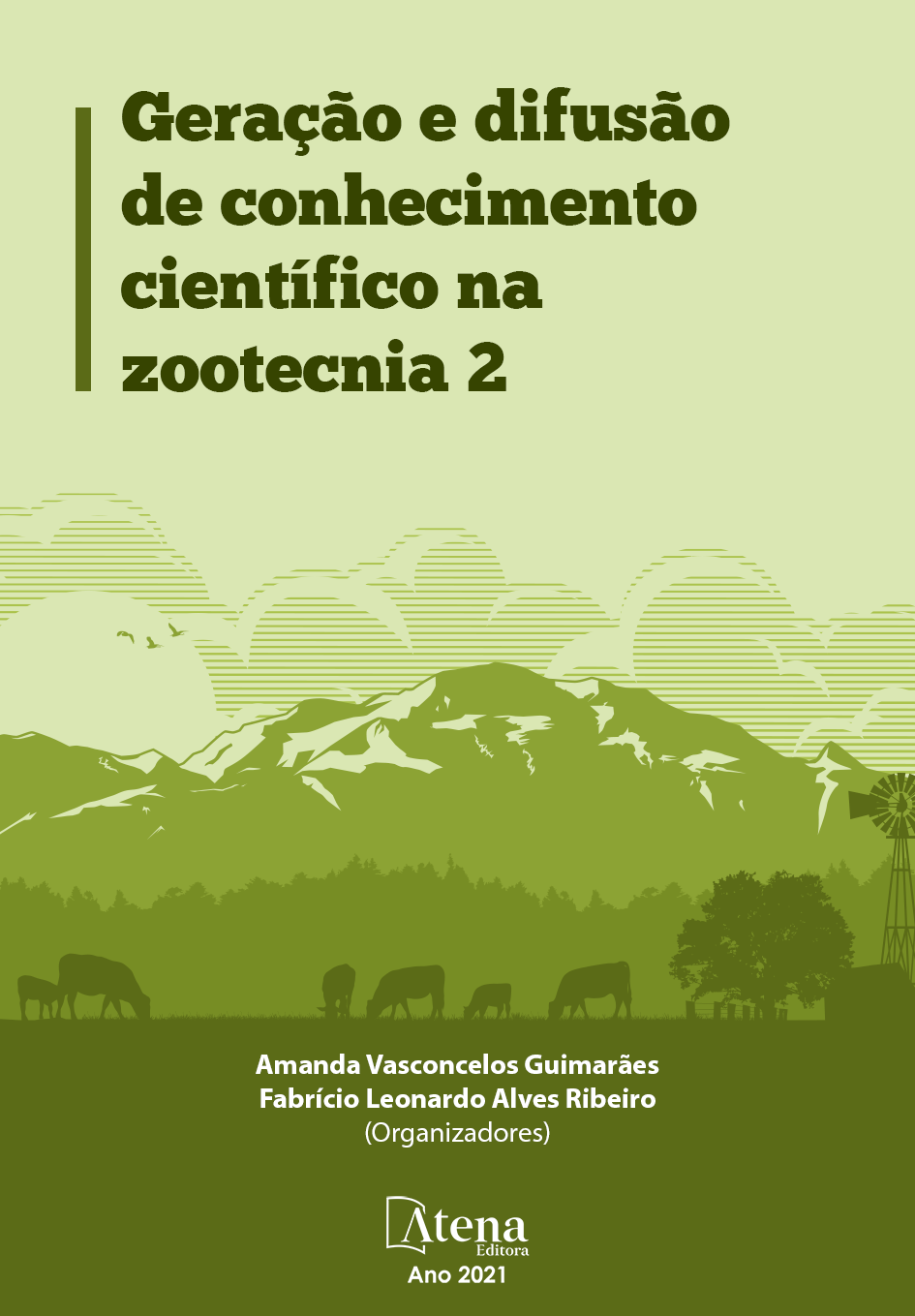
ESTRUTURA ORGANIZACIONAL DE MELHORAMENTO GENÉTICO DE OVINOS NA MICRORREGIÃO DE AGLOMERAÇÃO URBANA DE SÃO LUÍS-MA
A ovinocultura passa por transformações desde a década de 1990, no entanto, alguns entraves concorrem para a lentidão ou até mesmo para o estrangulamento da disseminação do material genético entre os estratos, resultando em diferentes estruturas piramidais. Verifica- se, com base na literatura consultada, que pouco ou quase nada tem sido discutido sobre o fluxo de genes entre os rebanhos e a orientação dos acasalamentos, objetivando a disseminação do material genético melhorado. Neste sentido, o presente trabalho teve como objetivo caracterizar a estrutura organizacional de melhoramento genético de ovinos na microrregião de aglomeração urbana de São Luís - MA. O presente trabalho foi realizado a partir da obtenção de dados coletados em 10 propriedades, com o quantitativo de 473 animais, de criadores de ovinos nos municípios de São Luís e São José de Ribamar, que constituem a microrregião de aglomeração urbana de São Luís – MA. O levantamento de dados foi realizado entre setembro de 2020 e fevereiro de 2021, por meio da aplicação de questionário semiestruturado, junto aos produtores de ovinos. A classificação dos rebanhos, quanto a sua estrutura organizacional, foi realizada com base na origem e uso dos reprodutores, conforme modelo apresentado por ALVES et al. (1999). De acordo com os resultados obtidos, 30% dos rebanhos foram caracterizados como rebanho núcleo, 30% como rebanho comercial e 40% como rebanho isolado. Chama atenção para estes resultados a ausência do rebanho multiplicador, o que torna estrangulada a passagem do progresso genético dos rebanhos núcleo para os rebanhos comerciais. O sistema de criação adotado pela maioria dos criadores (57%) é o extensivo. Diante dos resultados apresentados, conclui-se que existem falhas na organização estrutural dos rebanhos de ovinos da microrregião de aglomeração urbana de São Luís – MA, comprometendo o avanço genético entre os estratos.
ESTRUTURA ORGANIZACIONAL DE MELHORAMENTO GENÉTICO DE OVINOS NA MICRORREGIÃO DE AGLOMERAÇÃO URBANA DE SÃO LUÍS-MA
-
DOI: 10.22533/at.ed.2912123115
-
Palavras-chave: Melhoramento genético, fluxo gênico, ovinocultura.
-
Keywords: Genetic improvement, gene flow, sheep.
-
Abstract:
The sheep industry has been undergoing transformations since the 1990's, however, some obstacles have contributed to the slowness or even to the strangulation of the dissemination of genetic material between the strata, resulting in different pyramidal structures. Based on the literature consulted, it has been verified that little or almost nothing has been discussed about the flow of genes between herds and the orientation of mating, aiming at the dissemination of improved genetic material. In this sense, the present work aimed to characterize the organizational structure of sheep genetic improvement in the urban agglomeration microregion of São Luís - MA. The present work was performed from data collected from 10 properties, with the quantitative of 473 animals, from sheep breeders in the municipalities of São Luís and São José de Ribamar, which constitute the micro-region of urban agglomeration of São Luís - MA. The data survey was conducted between September 2020 and February 2021, through the application of semi-structured questionnaire with the sheep farmers. The classification of the flocks, regarding their organizational structure, was based on the origin and use of breeding stock, according to the model presented by ALVES et al. (1999). According to the results obtained, 30% of herds were characterized as core herd, 30% as commercial herd and 40% as isolated herd. The absence of multiplier herds draws attention to these results, which strangles the passage of genetic progress from the core herds to the commercial herds. The breeding system adopted by most of the breeders (57%) is extensive. In view of the results presented, it is concluded that there are flaws in the structural organization of sheep flocks in the urban agglomeration microregion of São Luís - MA, compromising the genetic advancement between strata.
-
Número de páginas: 15
- Ana Isabela Lima Ribeiro
- Hélen Clarice Chaves Costa
- Kamylla Martins Correia
- Samuel do Nascimento Bringel
- Marília Albuquerque de Sousa Martins
- Nara Grazielle Gomes Penha


